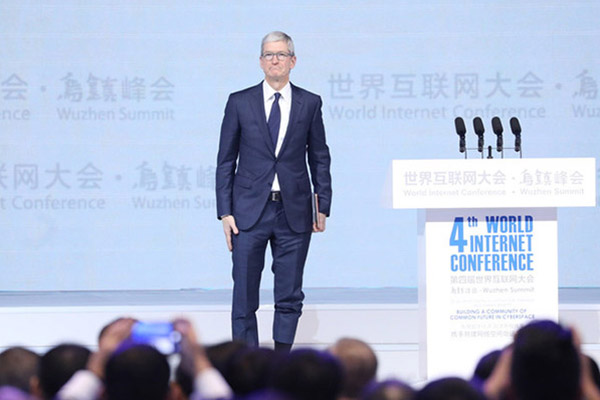Chinese companies rethink export strategy

As the "Made in China" label is still considered a symbol of cheap and poorly manufactured products, Chinese companies face huge challenges to get their exports recognized globally, reports Li Jiabao in New York.
"Made in China" might be a term known worldwide, but few Chinese brands are recognized among Western consumers.
The image of Chinese goods has been damaged by scandals in past years. But "the quality of Chinese exports to the United States has increased remarkably compared with that two decades ago. And the image of 'Made in China' also improved," said Stephen A. Orlins, president of the National Committee on United States-China Relations.
"What's more, there was no quality scandal in Chinese exports to the US this year," Orlins noted, adding that scandals can damage many other aspects in addition to the companies' images.
Jack Rosen, chairman of the American Jewish Congress and the chief executive officer of Rosen Partners LLC, a New York-based real estate firm, echoed that view.
"China's products are far better than its image," Rosen said.
The "Made in China" label is one of the most recognizable labels in the world today due to the country's rapidly developing manufacturing industry. China's position as the world's largest exporter places the label on a wide range of goods from clothing to electronics. However, too many times, the label is a symbol of cheap and poorly manufactured products.
The US was China's second-largest trade partner and the country's top export market last year. Bilateral trade rose 8.5 percent year-on-year to $484.68 billion, accounting for 12.5 percent of China's overall trade, while the country's foreign trade expanded 6.2 percent year-on-year in 2012.
Chinese exports to the US increased 8.4 percent year-on-year in 2012, while imports were up 8.8 percent, leaving a trade surplus of $18.92 billion, according to China's General Administration of Customs.
In the first seven months of the year, China-US trade increased 6.2 percent from a year earlier, with Chinese exports rising 2.3 percent year-on-year and its imports surging 16.2 percent, according to the customs agency.
In the same period, bilateral trade with Canada, which accounted for about 1.4 percent of China's overall trade, rose 6.0 percent year-on-year. Chinese exports to Canada went up 2.6 percent year-on-year in the January-July period, while its imports from Canada rose 9.9 percent, according to the customs agency.
"The Made in China label now reflects the industrial upgrading in China, and Canada now gets labor-intensive products from China as well as high-tech ones," said Yu Jianwei, commercial counselor at the Consulate General of China in Toronto.
Slowdown
As the economic growth slowdown in developed economies reduced overseas demand in recent years and foreign trade in the world's second-largest economy eased its double-digit growth pace, China's government pledged to create a new competitive edge for its foreign trade, supported by technology, brand, quality and services.

























